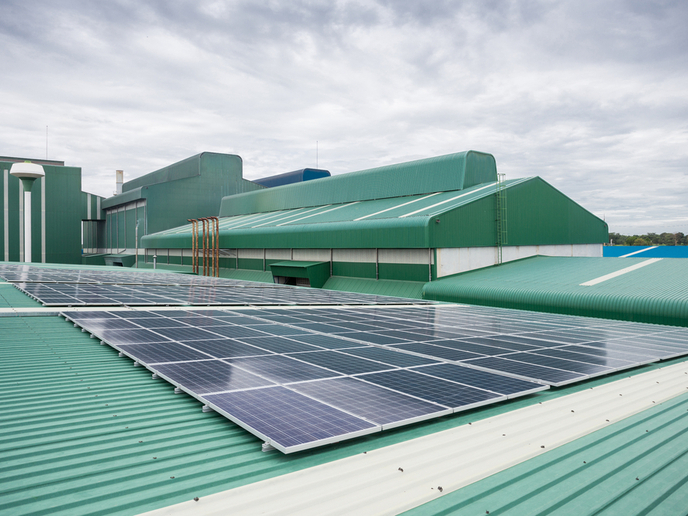New tools for testing and modelling of electric vehicles
Currently, there are a number of shortcomings in EV design and development. Simulation models of electric components lack accuracy and interaction between components is not well known. Real-world optimisation is also lacking, and specific driving and stress situations are not taken into account. All these lead to sub-optimised electric drivelines. In addition, testing procedures are ICE-optimised and efforts to adapt them to EV demands are not yet adequate. The ASTERICS(opens in new window) (Ageing and efficiency simulation & testing under real world conditions for innovative electric vehicle components and systems) project was initiated to address these challenges by adopting a systematic and comprehensive approach for the design, development and testing phases of electric drivelines. The ASTERICS concept was based on four building blocks. First, researchers defined a set of real-world drive-cycle usage profiles based on real-world use of EVs, customer demands and fleet data. This information served in identifying and specifying representative operating conditions, performance requirements and constraints for EV components, as well as stress scenarios, use cases and assessment criteria. In a second phase, the team developed advanced test procedures that automatically populate component simulation models for the battery, inverter and electric motor. Capable of simulating the real-world of driveline components with the required accuracy and calculation speed, these models can be used in all phases of the development process in model, software and hardware in the loop as well as in other test environments. Researchers then addressed complete system optimisation by integrating the high-fidelity subsystem models through components and interfaces. This enables accurate simulation, calibration and optimisation of the entire drivetrain in terms of vehicle performance and energy efficiency. It also supports verification based on real-world drive cycles in early stages of the development process. The developed technologies are expected to play a fundamental role in optimising energy dimensioning and energy management strategies in the earliest design phases. The target is increased efficiency and performance of EVs by at least 20 %. The tools should also enable a 50 % reduction in overall development time and testing efforts for EVs and components.







